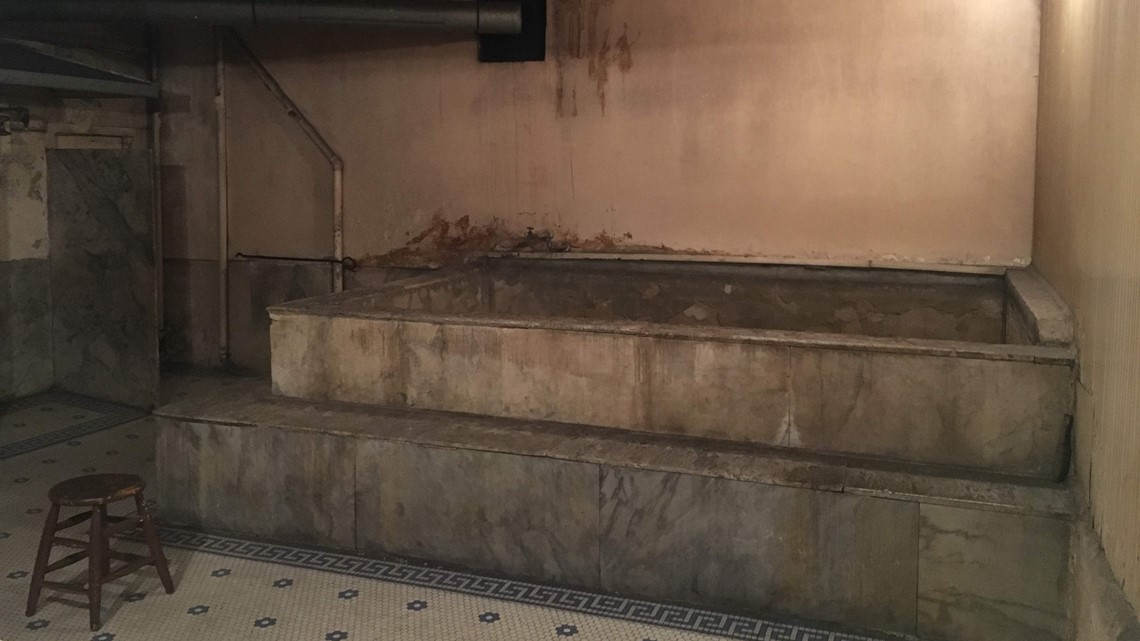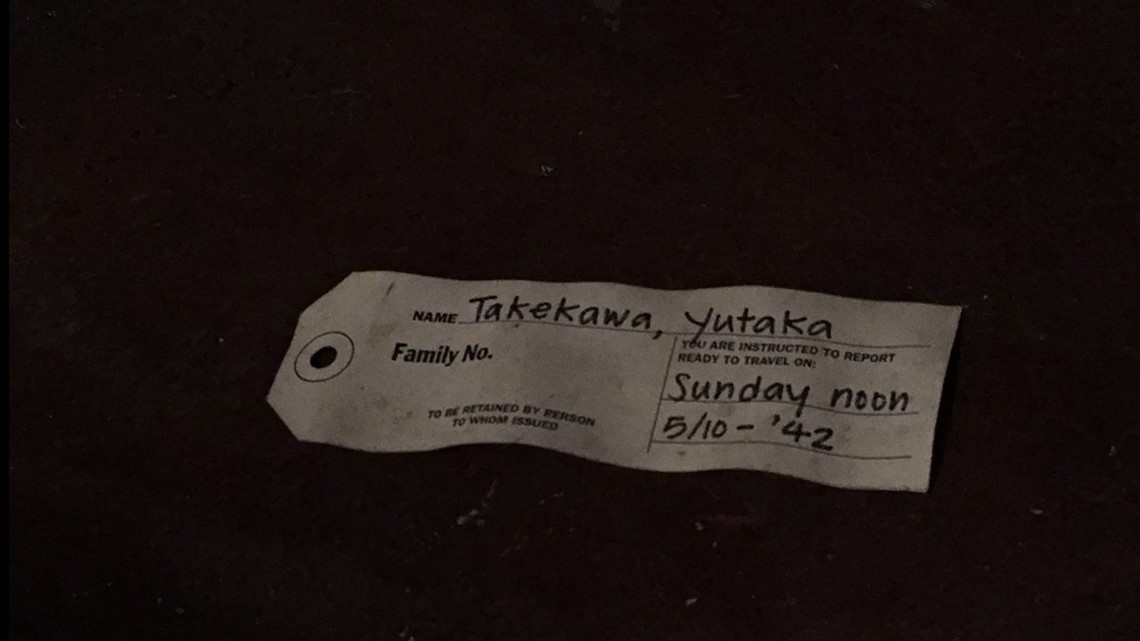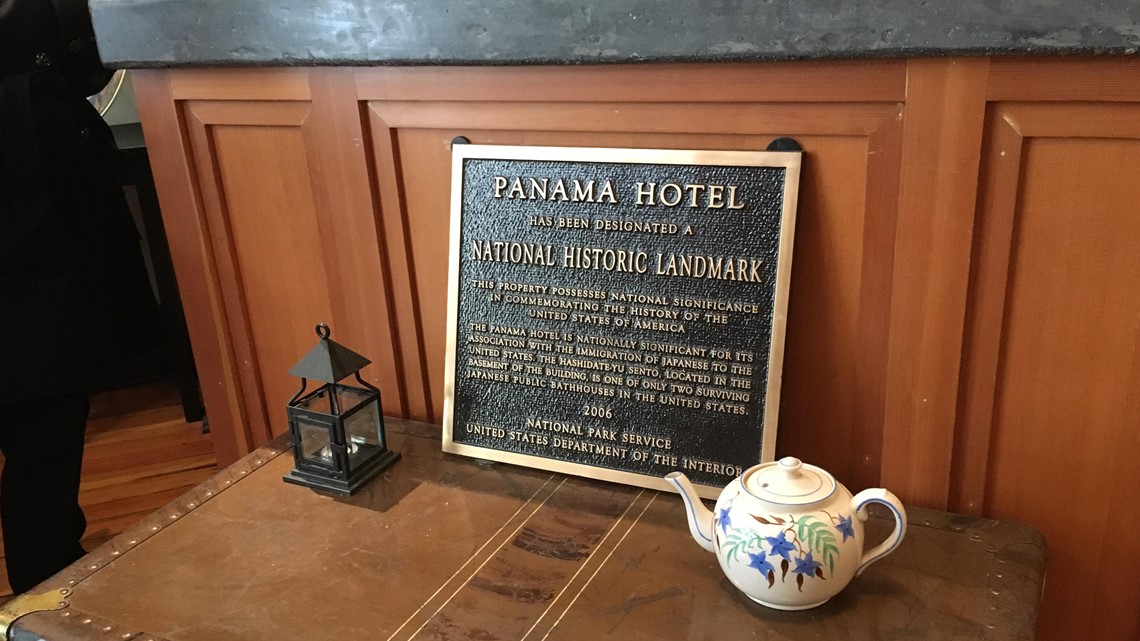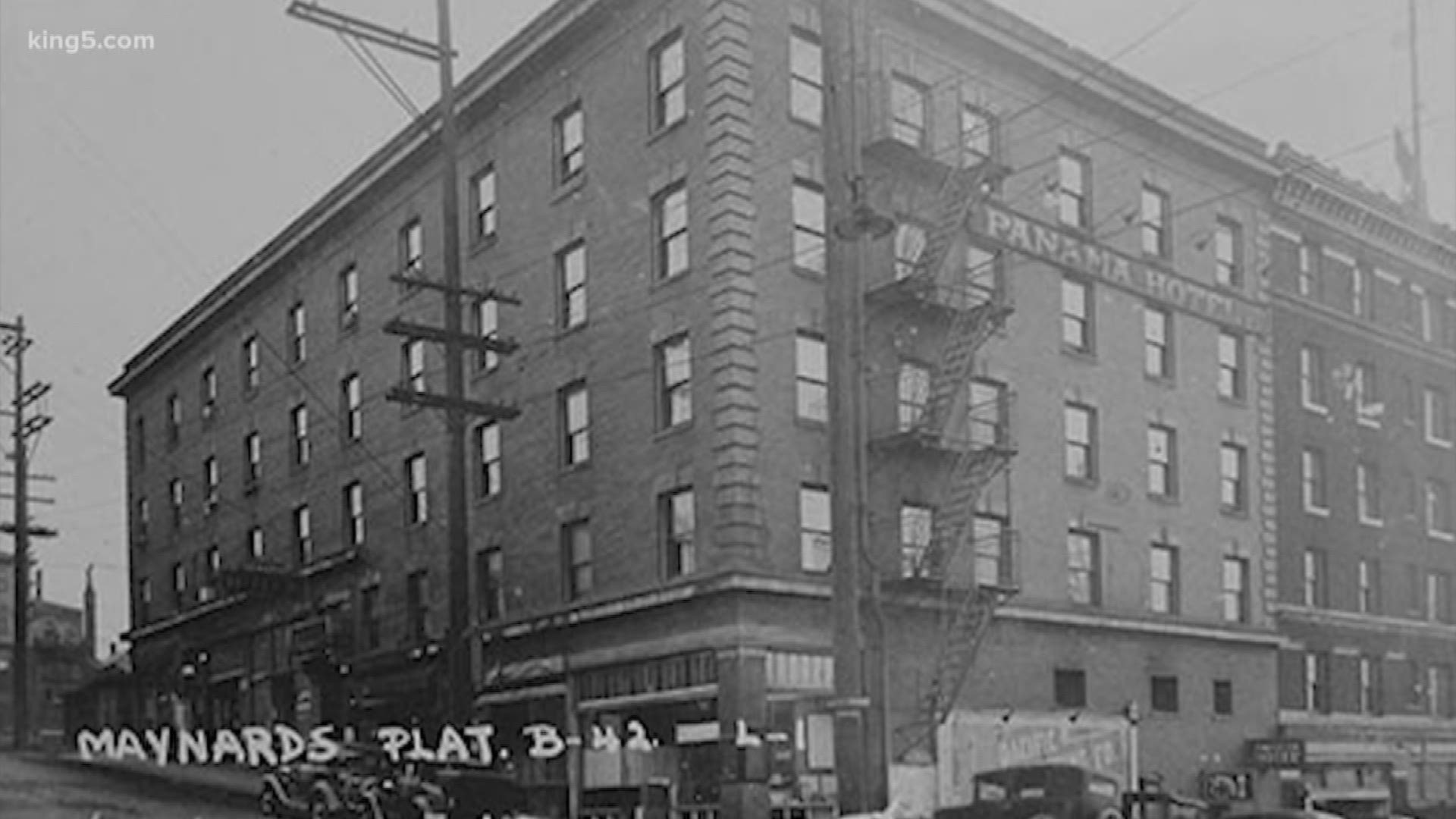SEATTLE — The Panama Hotel in Seattle is rich with Japanese American history. It was built in 1910 by the first Japanese-American architect, Sabro Ozasa, and is home to the nation’s last remaining Japanese bathhouse.
Its current owner, Jan Johnson, has restored the building to look as it did before the evacuation of Japanese Americans to internment camps during World War II.
1. The Panama Hotel still houses many belongings from Japanese-American families who evacuated and never returned.
The attack on Pearl Harbor launched a rash of fear about national security, and Japanese Americans were forced to leave their homes. President Franklin Delano Roosevelt issued Executive Order 9066, just two months after the attack on Pearl Harbor, which ordered Japanese American families to relocate to internment camps.
Japanese Americans had just ten days to take only what they could carry, so many of them asked the owner of Panama to store their belongings. Takashi Hori agreed, although he was later sent to an internment camp himself in Idaho. When he returned to Seattle, he continued operating the hotel, but many of the families did not pick up their belongings because they relocated, endured financial hardships or died. Their belongings are still on display at the hotel through a window in the floor of the Panama Hotel’s tea house.
2. It houses the last known Japanese bathhouse in the United States.
The hotel was one of the focal points of Japantown before the war and was one of just four bathhouses (sento) in the early 1900s. Entire families would bathe there because they would often not have access to facilities like that in their own homes.
It was separated into two areas, one for men and the other for women and children. The bathhouse let people catch up on neighborhood happenings and culture.


3. There is original history all around the hotel and tea house.
If you are having a snack in the tea house, look up. The original wallpaper is still on display on one side of the room. Owner Jan Johnson also replicated the original design to display in other parts of the tea house.
Johnson also kept the original 1910 cooler running inside the Panama Hotel. And during a recent tour, we found what appeared to be an original tag Japanese Americans wore while they were being interned.


4. The Panama Hotel is a working hotel and a national historic landmark.
In 1910, the hotel often housed Japanese laborers; some lived and worked in the area and others, like fishermen, were passing through. In 2006 the hotel was designated a National Historic Landmark and declared a national treasure by the National Trust for Historic Preservation.
The hotel offers cozy rooms with antique furnishings, small sinks and white linens. It’s reportedly fairly unchanged from its 1910 décor.


5. The hotel inspired the book Hotel on the Corner of Bitter and Sweet by Jamie Ford.
The book is a love and history novel; it's centered around a Chinese-American boy who grew up in the Chinatown International District during World War II and fell in love with a Japanese-American girl. The boy witnessed her and many families being sent to camps and watched over their belongings at the Panama Hotel.
The book made it to the New York Times Bestseller list and was printed in dozens of languages. It was once reported that George Takei would produce the movie, and a musical version could also be in the works.
The Panama Hotel is located at 605 ½ South main Street, Chinatown International District.

